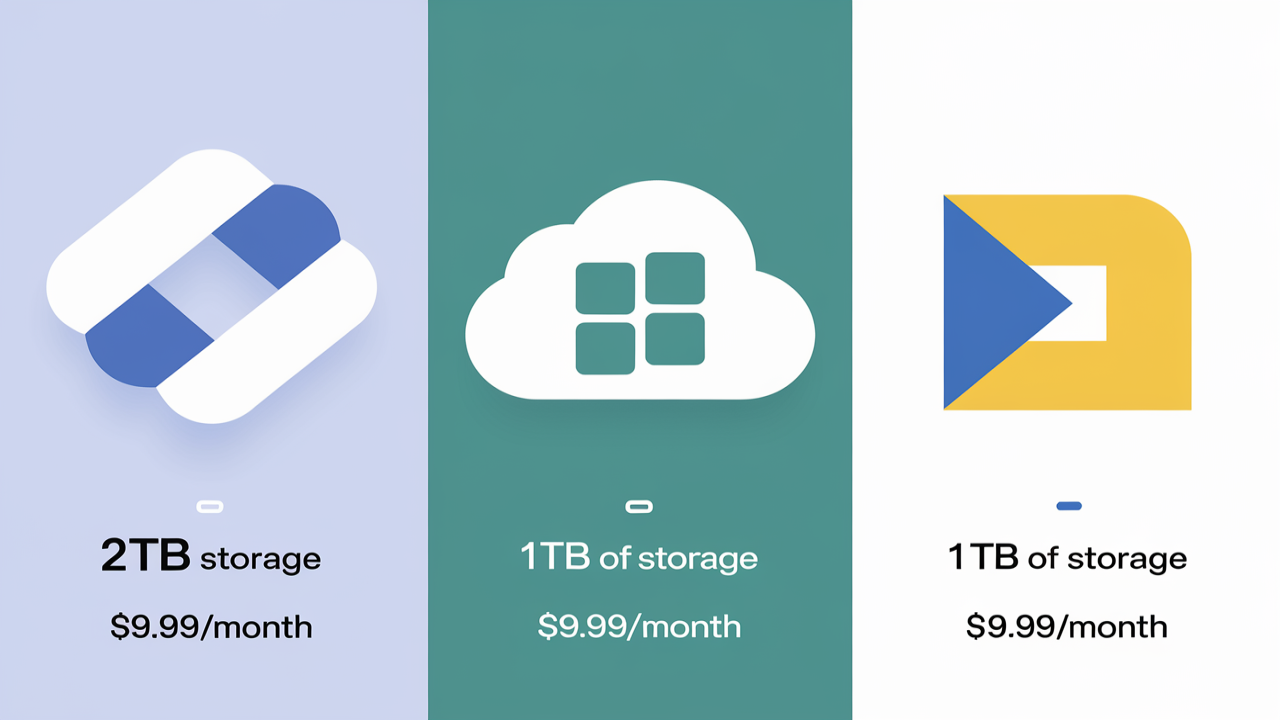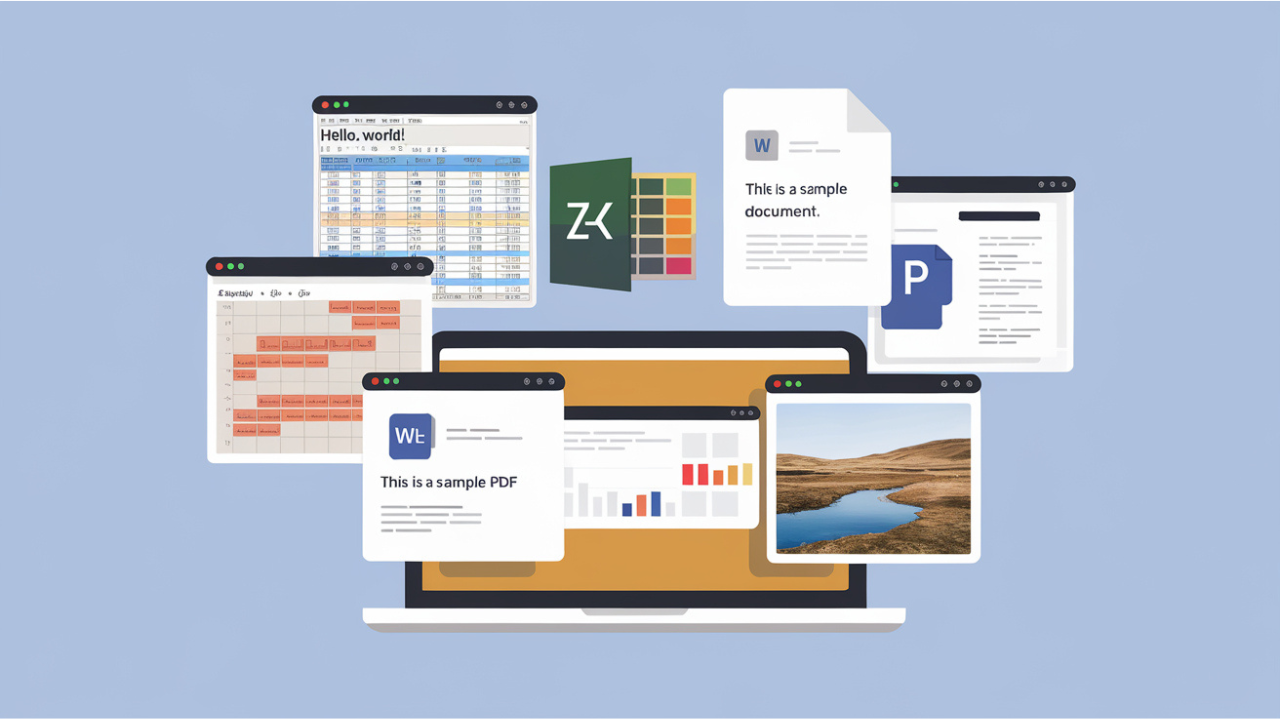In today's digital landscape, securing sensitive data during transfer has never been more crucial. Businesses, organizations, and individuals alike are constantly on the lookout for encrypted file transfer solutions that ensure data security, protect privacy, and comply with stringent regulatory requirements. In this comprehensive guide, we will delve into the top solutions for encrypted file transfers, exploring their features, benefits, and why they stand out in the market.
What is Encrypted File Transfer?
Encrypted file transfer is a method of transmitting data securely by converting it into an unreadable format, known as encryption, before it is sent over the internet or any other network. The encrypted data can only be decoded by authorized parties with a unique encryption key. This ensures that confidential data remains secure from unauthorized access during transmission.
Why Encryption Matters for File Transfers
With the exponential increase in cybersecurity threats such as man-in-the-middle attacks, data breaches, and hacking attempts, encryption has become a necessity rather than an option. Whether you're sharing financial records, medical information, or intellectual property, ensuring that your files are encrypted can mitigate the risk of interception and unauthorized access.
Top Encrypted File Transfer Solutions
1. SFTP (Secure File Transfer Protocol)
One of the most widely used encrypted file transfer protocols, SFTP is an extension of SSH (Secure Shell) that provides encryption for both data in transit and authentication credentials. SFTP ensures the secure transfer of files between systems, even over unsecured networks.
Key Features:
- Authentication via SSH keys for enhanced security
- AES-256 encryption, a military-grade encryption standard
- File integrity verification to ensure no tampering during transfer
- Support for large files and batch transfers
Why Choose SFTP:
- Highly secure and reliable
- Widely supported across different platforms
- Ideal for companies handling sensitive or regulated data, such as in healthcare or finance
2. FTPS (File Transfer Protocol Secure)
FTPS is an extension of the traditional FTP protocol with added support for SSL/TLS encryption. FTPS offers a familiar FTP environment while adding security layers, making it a popular choice for organizations that need a blend of usability and security.
Key Features:
- SSL/TLS encryption for secure communication channels
- Control over data channels to protect against unauthorized file interception
- Backward compatibility with traditional FTP clients
- Compliance with security standards like PCI DSS and HIPAA
Why Choose FTPS:
- Provides flexible encryption options
- Suitable for businesses that need to meet compliance requirements
- Familiar FTP interface makes it easy to integrate into existing workflows
3. HTTPS (Hypertext Transfer Protocol Secure)
While commonly known for securing web traffic, HTTPS also serves as a secure method for transferring files. By combining HTTP with SSL/TLS encryption, HTTPS protects the data being transferred between client and server, ensuring confidentiality.
Key Features:
- SSL/TLS encryption ensures that data is secure while in transit
- Authentication mechanisms protect against man-in-the-middle attacks
- Encryption for both upload and download processes
- Browser integration, allowing users to transfer files without additional software
Why Choose HTTPS:
- Universal accessibility via web browsers
- Simple to implement for users with limited technical knowledge
- Secure file transfers without the need for specialized software
4. Managed File Transfer (MFT)
Managed File Transfer (MFT) solutions provide a comprehensive and highly secure method for transferring sensitive files across networks. Unlike standalone protocols like SFTP or FTPS, MFT solutions offer centralized control, monitoring, and automation for end-to-end file transfers.
Key Features:
- Advanced encryption options such as AES, RSA, and TLS
- Compliance tracking for GDPR, PCI DSS, HIPAA, and other standards
- Automation of transfers with scheduling and workflow capabilities
- Real-time monitoring and auditing for complete visibility
Why Choose MFT:
- Ideal for enterprises that need to handle a large volume of sensitive data
- Provides administrative control over all file transfers
- Ensures compliance with strict security standards
5. PGP (Pretty Good Privacy)
PGP is one of the oldest and most trusted encryption methods used to secure files and email communications. Using a combination of symmetric and asymmetric encryption, PGP encrypts files before transmission, ensuring that only the recipient with the correct private key can decrypt the file.
Key Features:
- Hybrid encryption combining AES for data encryption and RSA for key management
- Digital signatures to verify the authenticity of files
- Wide compatibility with various operating systems and applications
- Military-grade security for highly confidential information
Why Choose PGP:
- Ideal for individuals and businesses concerned with both security and privacy
- Versatile and can be used for file encryption as well as email communications
- Proven security standard, trusted globally
6. Zero-Knowledge Encryption Platforms
Some of the most secure file transfer solutions available are those that utilize zero-knowledge encryption. In these platforms, even the service provider cannot access the encryption keys or view the data being transferred. Zero-knowledge encryption ensures total privacy for the user, making it a highly secure solution for sensitive data.
Key Features:
- End-to-end encryption ensures that only the sender and recipient can decrypt the file
- Zero access for service providers, eliminating the risk of data leaks
- Multi-factor authentication for enhanced security
- Comprehensive encryption algorithms such as AES and RSA
Why Choose Zero-Knowledge Platforms:
- Ideal for businesses that handle highly confidential or proprietary data
- Ensures complete privacy, even from the service provider
- Offers the highest level of encryption and protection
Choosing the Right Encrypted File Transfer Solution
When selecting an encrypted file transfer solution, it’s essential to consider your organization’s specific needs and compliance requirements. Whether you’re looking for ease of use, automation capabilities, or advanced encryption for maximum security, the solutions listed above provide a range of features tailored to different use cases.
Key Considerations:
- Security standards: Does the solution comply with regulations like HIPAA, PCI DSS, or GDPR?
- Ease of integration: Will it integrate seamlessly with your existing systems?
- Scalability: Can the solution handle large volumes of files or high transfer frequencies?
- Administrative controls: Does it provide adequate monitoring, reporting, and user management?
Conclusion
Choosing the right encrypted file transfer solution is crucial for protecting sensitive data during transit. Whether you’re transferring financial records, legal documents, or personal information, the tools mentioned above can help you safeguard your data while ensuring compliance with industry regulations. By selecting a solution that fits your organization’s needs, you can significantly reduce the risk of data breaches and unauthorized access.






Comments (0)